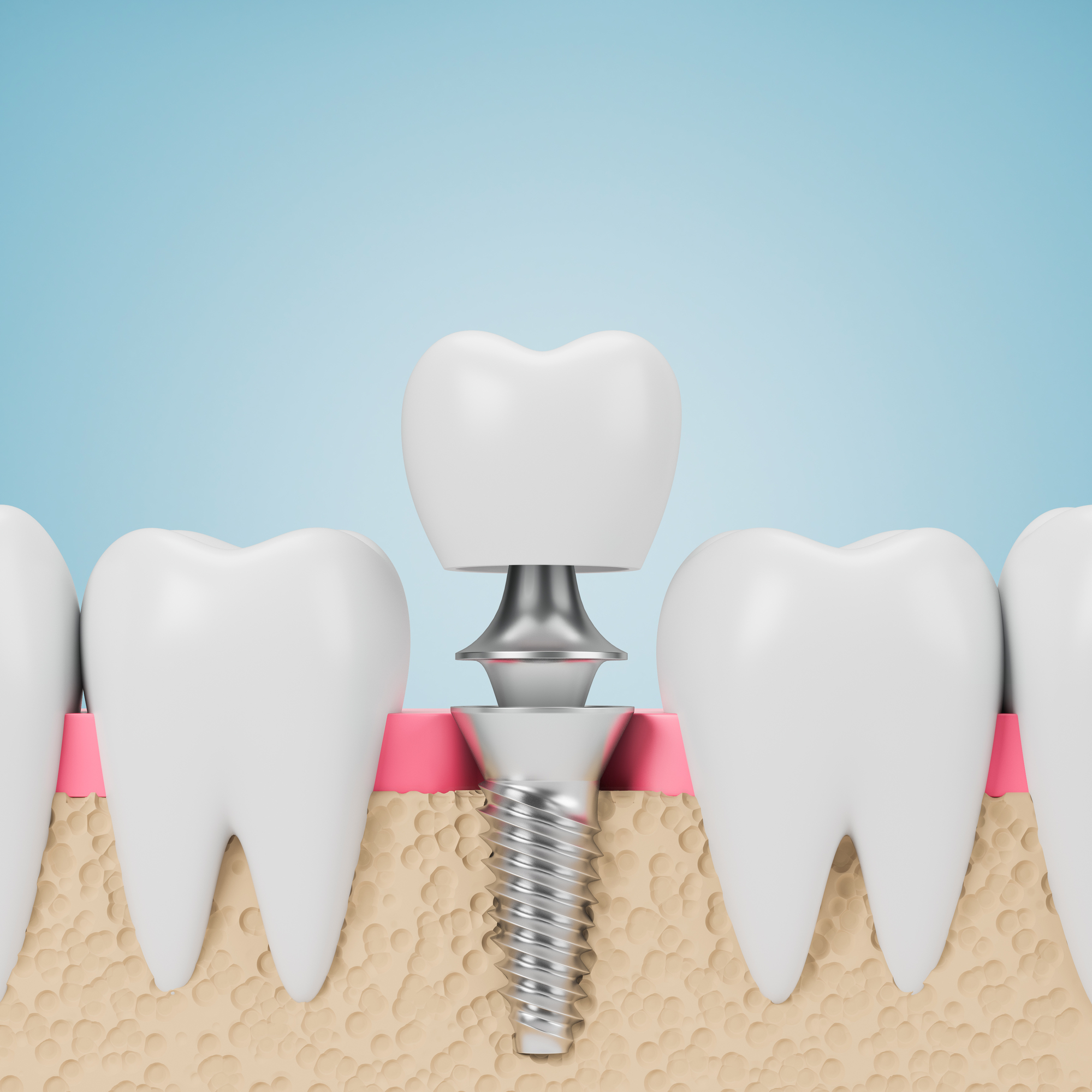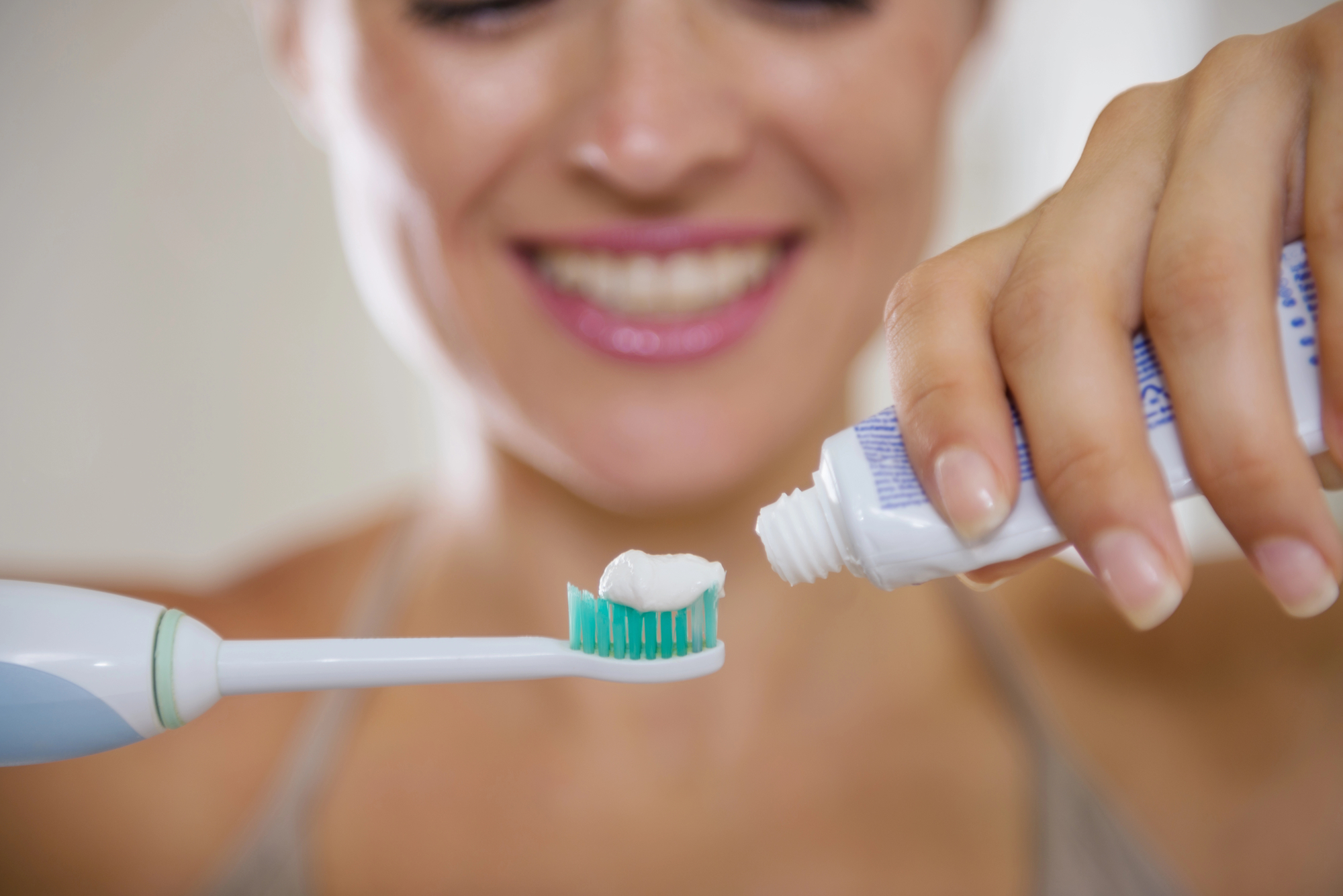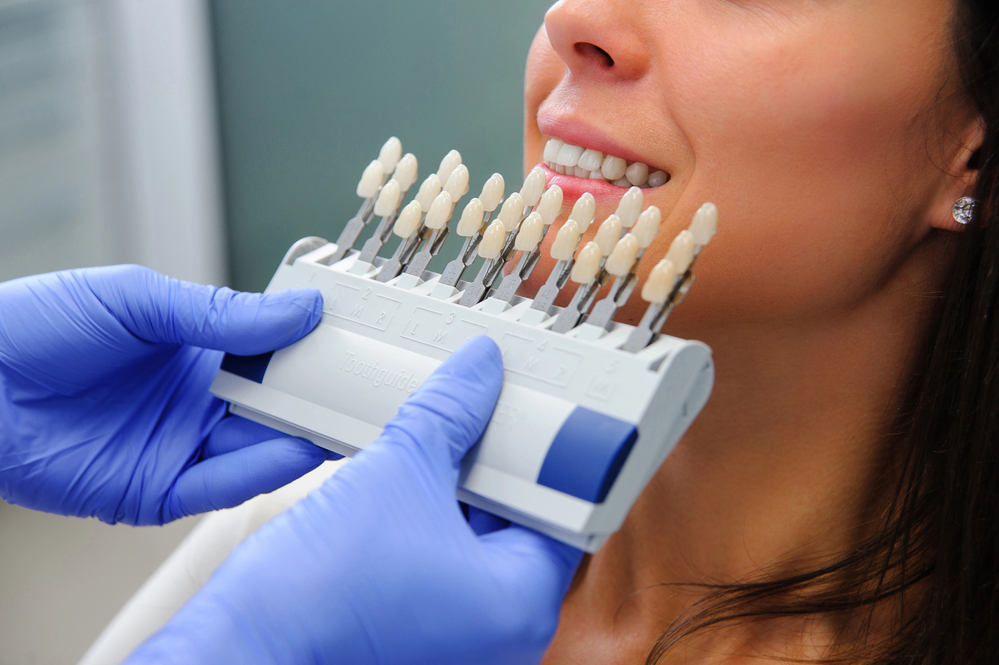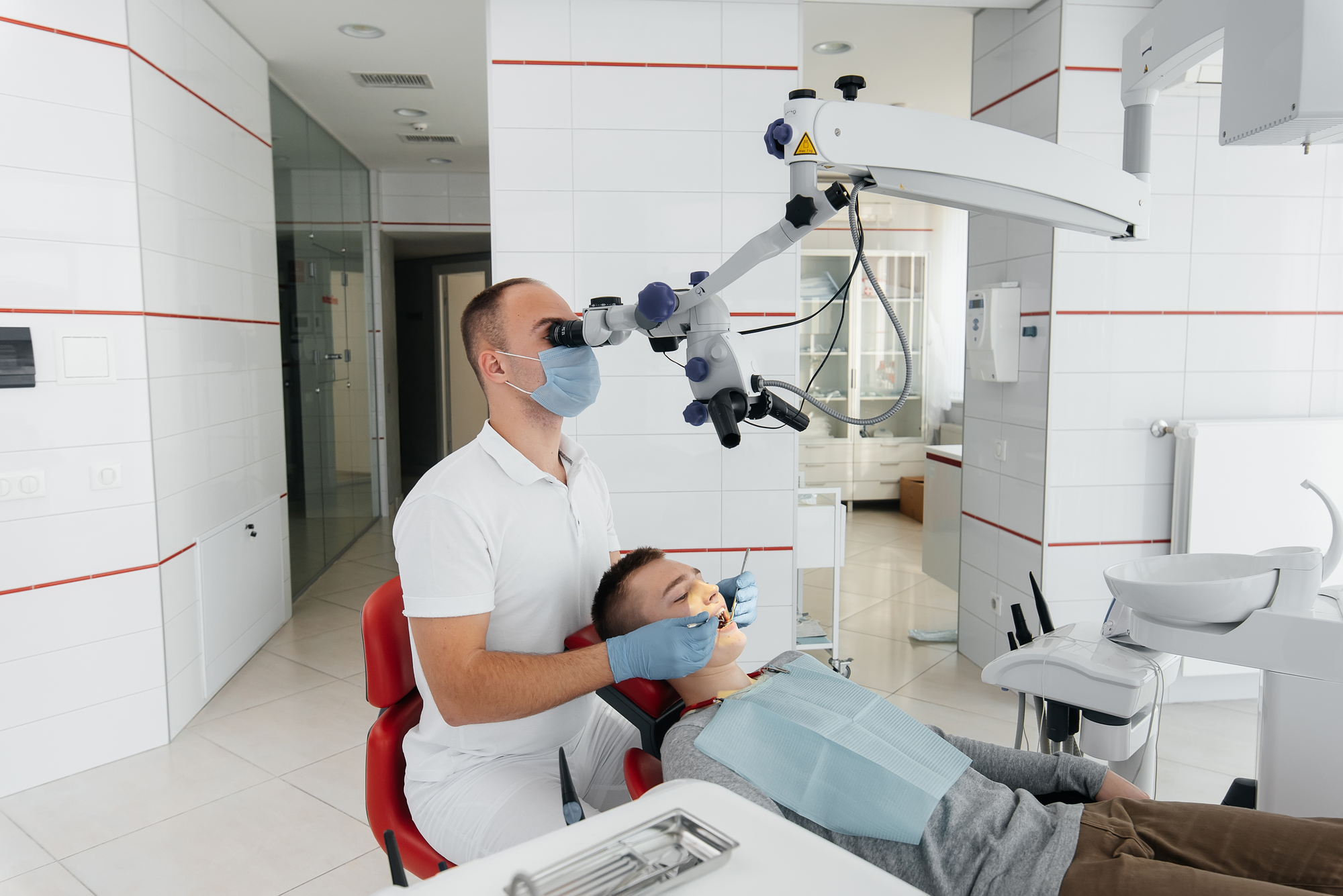In recent years, cosmetic dentistry has seen significant growth, with dental veneers emerging as one of the most popular solutions for enhancing smiles. As patients become increasingly aware of their options, the demand for dental veneers has skyrocketed, driving growth in dental practice globally. This article delves into the
benefits, procedure, and aftercare of dental veneers, providing a comprehensive understanding of why they are a game-changer in the realm of cosmetic dentistry.
What Are Dental Veneers?
Dental veneers are thin, custom-made shells designed to cover the front surface of teeth, improving their appearance. They are typically made from porcelain or composite resin, with porcelain being the preferred material due to its durability and natural-looking finish. Veneers are an ideal solution for a range of cosmetic dental issues, including discolored, chipped, misaligned, or irregularly shaped teeth. By transforming the aesthetics of the teeth, veneers help individuals achieve a brighter, more symmetrical smile.
Benefits of Dental Veneers
The popularity of dental veneers is largely attributed to their numerous benefits. Here are some key advantages:
1. Enhanced Aesthetics: Veneers provide an immediate improvement in the appearance of teeth. They can effectively cover discoloration, gaps, and minor misalignments, offering a quick and dramatic smile transformation.
2. Natural Appearance: Porcelain veneers closely mimic the light-reflecting properties of natural teeth, ensuring a realistic look. This makes them an excellent choice for those seeking a subtle, yet noticeable enhancement to their smile.
3. Durability and Longevity: When
properly maintained, dental veneers can last between 10 to 15 years. Porcelain veneers, in particular, are resistant to staining and can withstand normal biting forces, making them a durable choice for cosmetic enhancements.
4. Minimally Invasive: Compared to other cosmetic dental procedures, the application of veneers is relatively less invasive. Only a small amount of the tooth’s surface needs to be removed to accommodate the veneer, preserving most of the natural tooth structure.
5. Quick Results: Unlike orthodontic treatments that can take months or years, veneers offer a swift transformation. The entire process, from consultation to the final fitting, can typically be completed in a few weeks.
6. Boost in Confidence: The psychological impact of a beautiful smile cannot be underestimated. Many patients report a significant boost in self-esteem and confidence after receiving veneers, enhancing their overall quality of life.
The Procedure for Getting Dental Veneers
The process of getting dental veneers usually involves several steps, spanning two to three dental visits:
1. Initial Consultation: The first step is a consultation with a cosmetic dentist, where the patient’s goals and expectations are discussed. The dentist will examine the teeth, possibly taking X-rays or impressions to assess their suitability for veneers. This is also an opportunity to discuss the type of veneer material and color that will best match the patient’s natural teeth.
2. Tooth Preparation: In the second visit, the dentist will prepare the teeth for veneers by removing a thin layer of enamel, usually about 0.5 mm. This is necessary to ensure that the veneers fit perfectly and look natural. After the enamel is removed, an impression of the teeth is taken and sent to a dental laboratory where the veneers are custom-made.
3. Fitting and Bonding: Once the veneers are ready, the dentist will temporarily place them on the teeth to check for fit and color. Adjustments can be made at this stage to ensure the best possible appearance. The teeth are then cleaned, polished, and etched to create a rough surface, enhancing the bonding strength. A special cement is applied to the veneer, which is then placed on the tooth. A curing light is used to harden the cement quickly, securing the veneer in place.
4. Final Adjustments and Follow-Up: After the veneers are bonded, the dentist will remove any excess cement, evaluate the bite, and make final adjustments as needed. A follow-up appointment may be scheduled to check the veneers’ placement and ensure the gums are responding well.
Aftercare Tips for Dental Veneers
Proper aftercare is crucial to maintaining the appearance and longevity of dental veneers. Here are some essential tips:
1. Maintain Good Oral Hygiene: Brush and floss regularly to prevent gum disease, which can affect the veneers. Use a non-abrasive toothpaste to avoid scratching the surface of the veneers.
2. Avoid Stain-Causing Foods and Drinks: Although porcelain veneers are resistant to stains, it’s still wise to limit the consumption of coffee, tea, red wine, and other staining agents to maintain their brightness.
3. Protect Against Physical Damage: Avoid biting into hard objects like ice or using your teeth as tools, as this can chip or crack the veneers. If you grind your teeth, consider wearing a night guard to protect your veneers while you sleep.
4. Regular Dental Check-Ups: Routine visits to the dentist are essential for monitoring the condition of your veneers and overall oral health. Professional cleanings and exams can help catch any issues early and prolong the lifespan of the veneers.
Dental veneers have become a cornerstone of cosmetic dentistry,
contributing significantly to the growth in dental practice. Their ability to provide a quick, aesthetically pleasing solution to a variety of dental imperfections makes them a preferred choice for many patients. With proper care and regular dental visits, veneers can offer a long-lasting, beautiful smile, enhancing both appearance and confidence. Whether you’re considering veneers for a minor adjustment or a complete smile makeover, they represent an excellent investment in your dental health and overall well-being.









